An old stump may be. Because it can be a normal thing for some trees it might not be something to be concerned about.
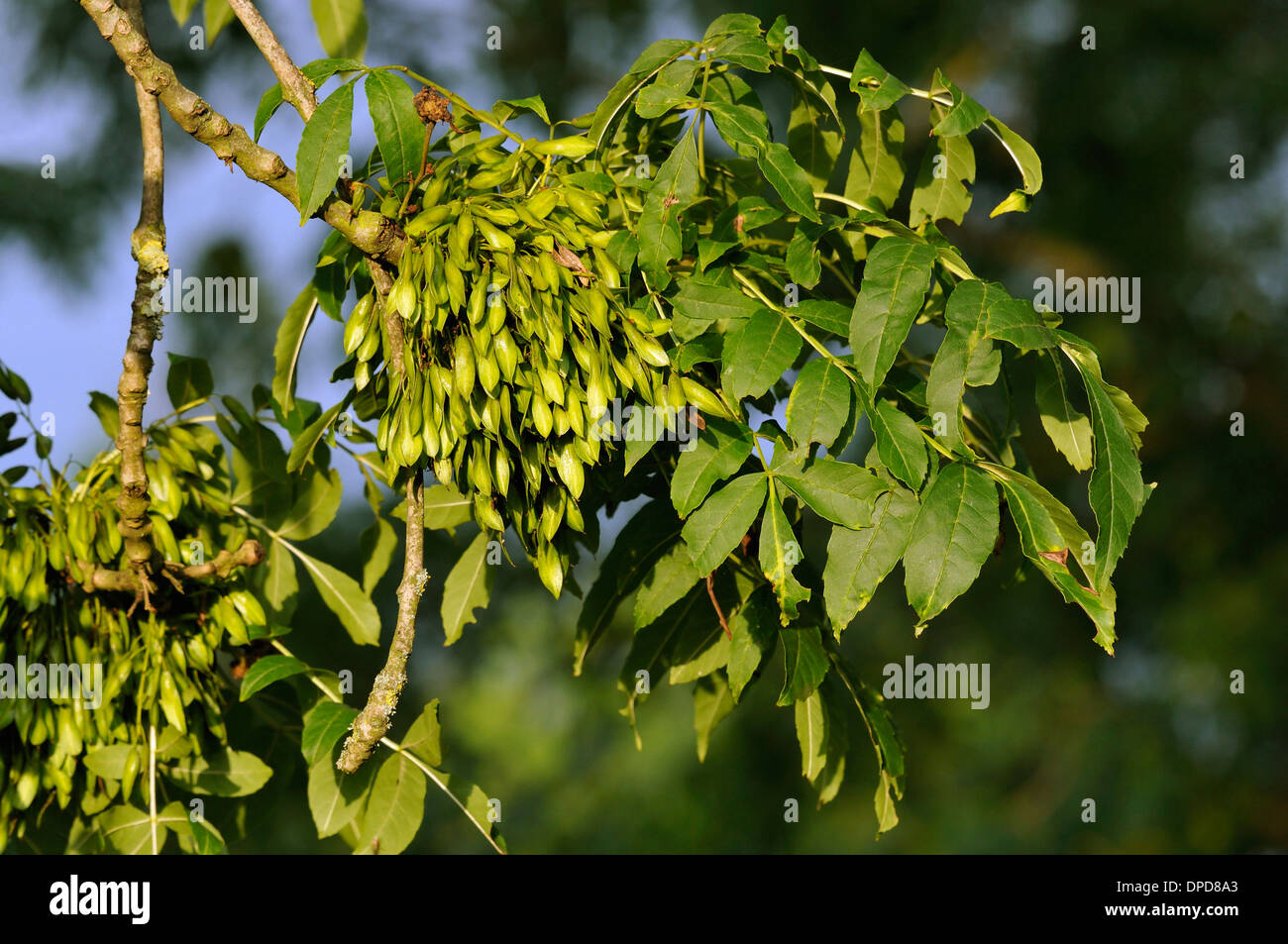
Ash Tree Keys High Resolution Stock Photography And Images Alamy
My five-year-old redbud tree is not leafing out this spring.

. Cankers or areas of dead bark. 3 of 4 This Joey avocado tree shows signs of iron deficiency yellowed leaves. I would expect to see these.
The insects feed on the sap from the leaves and secrete sticky honeydew that in turn encourages the growth of black sooty fungus on infested tree areas. There could be decay within the root system. This is followed by branch dieback near the top of trees.
Hackberry is easy to recognize by its silvery-gray bark encrusted with warty ridges. Lace bugs are sap feeding insects commonly found on the leaves of shade and ornamental trees in Iowa. Wooly aphids are small white insects that fall off hackberry trees and appear to float in the air.
How do I know if my hackberry tree is dying. Adult lace bugs have attractive wings that are beautifully sculptured with an intricate. Characteristics of the Hackberry Tree Identification.
2 of 4 This hackberry died within days perhaps because of an old decaying stump. One suspect is root rot. Contact chemical burn was suspect as was cold injury when leaves were in the bud.
If the majority of leaves look green and healthy then your tree will still be able to photosynthesize and if it is generally healthy should recover with good tree care practices. This could be caused by drought or heat stress girdling roots or a number of other stresses. If you have problems with hackberry leaf drop give us a call.
Trees most commonly affected are hackberry sycamore and oak. The foliage of the common hackberry is asymmetrical rough and dull green in. As a result a black mold known as sooty mold covers the leaves stems and possibly the bark of the tree.
Two common root pathogens Ganoderma and Armillaria may infect hackberry. The small hackberry tree started dying suddenly. If the leaves falling off your tree are smooth and green there is probably nothing to worry about.
They suck the sap out of the leaves and secrete a sticky residue called honeydew. The browning of the hackberry Celtis occidentalis leaves is probably due to lace bugs. Affected trees developed healthy new leaves.
The hackberry engraver Scolytus muticus normally attacks only dead or dying branches but has been reported to attack the living sapwood thus killing the tree. In past years affected hackberries quickly developed new leaves and recovered completely. The browning of the hackberry Celtis occidentalis leaves is probably due to lace bugs.
A number of counties have already reported that their hackberry trees are dying. Hackberries are widely distributed in the eastern United States from the southern New England states all the way south to Mississippi. Several leaf-spot fungi are common on hackberry trees-Cercospora spegazzinii Cylindrosporium defoliatum Cerosporella celtidis Mycosphaerella maculiformis Phleospora celtidis Phyllosticta celtidis and.
Trees such as the southern magnolia hickory hackberry Holly and live oak are types the commonly shed leaves in the springtime. Hack it down now. Small blue-black fruits favored by birds spread seedlings all over.
Why are hackberry trees dying. Vertical cracks on the tree. While some trees have produced only tufts of foliage others have died back entirely.
Missing bark on the tree trunk. The sad truth is that most of the large hackberries are dying and it is happening at a rapid pace. Courtesy photo Show More Show Less.
Lace bugs are sap feeding insects commonly found on the leaves of shade and ornamental trees in Iowa. They are broad crowned and often have an erratic shape. If you scratch the trunk and see the inner layer of bark is brown your tree is dead.
This tree can even be found in Wyoming and parts of Canada. Its likely the loss of leaves in spring is temporary. They are actually a large infestation of Asian wooly aphids.
Also known as American hackberry common hackberry Celtis occidentalis is a fast-growing member of the elm family. No callers this year have made a sample submission. These trees can grow up to the height of 60 feet and have a spread of around the same.
Sooty mold grows on the honeydew blackening absolutely everything under the tree. The most popular theory is that cold spring temperatures may have damaged the leaf buds or newly developing leaves causing the leaf drop. Early leaf drop is a general sign of tree stress.
Hackberry tree may have unseen decay. The foliage of trees infected with armillaria mellea starts to discolor and drop prematurely. The worst thing about hackberry is that woolly aphids feeding on the leaves drip sticky honeydew.
The hackberry while often forgotten by casual consumers is commonly heralded by tree experts as one tough tree Found on a wide range of soils east of the Rockies from southern Canada to Florida these trees thrive in a broad span of temperatures and.

Sperry Hackberry Tree May Have Unseen Decay Latest Headlines Wacotrib Com

Hackberry Tree Guide How To Grow Care For Celtis Occidentalis

Saltbush Plants Landscape Shrubs

Metal Poster Autumn Leave Contrast Metal Posters Metal Posters Design Sturdy
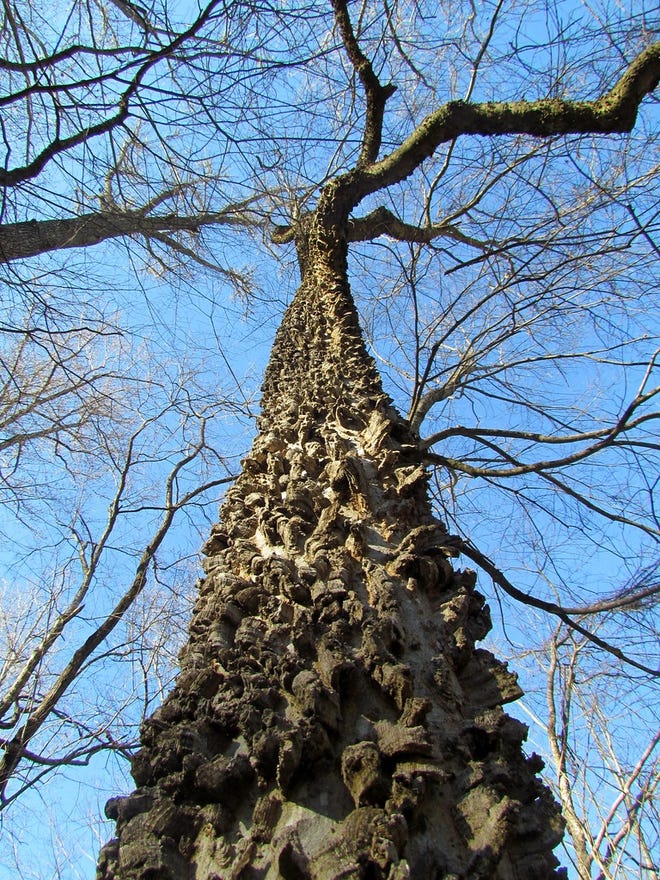
Hackberry Trees Are Under Attack

Celtis Australis Honeyberry Mediterranean Hackberry Buy Seeds At Rarepalmseeds Com
Common Hackberry Celtis Occidentalis
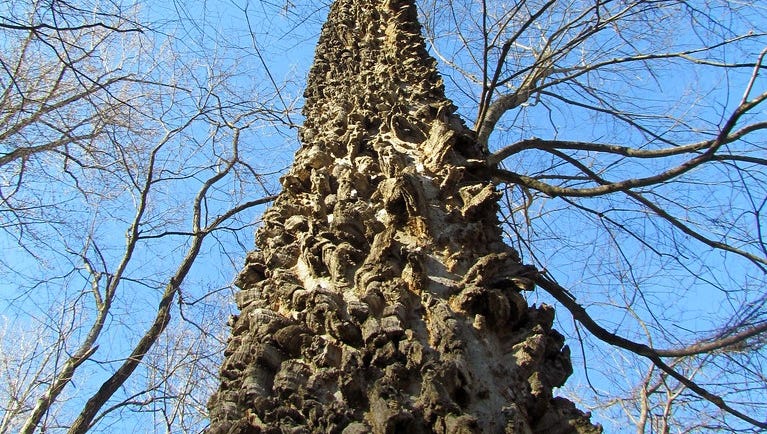
Hackberry Trees Are Under Attack
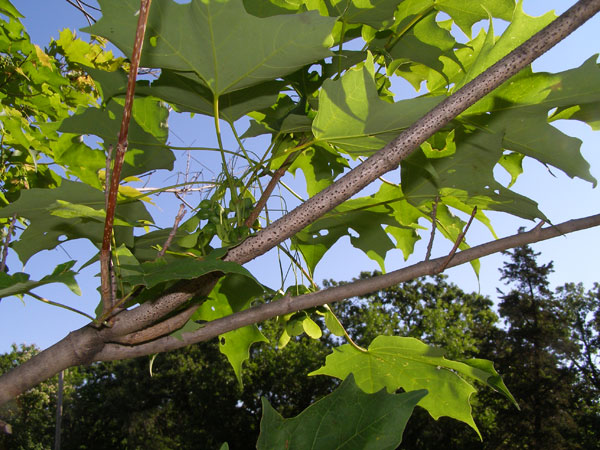
What S Wrong With My Plant Garden University Of Minnesota Extension
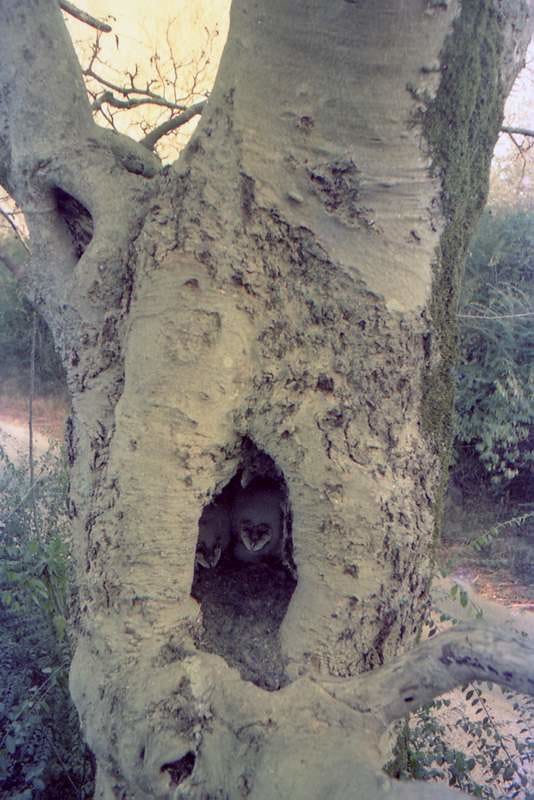
Hackberry Trees Are Under Attack

Hackberry Trees Are Under Attack

Tree Has Leaves On One Side Only When One Side Of Tree Is Dead
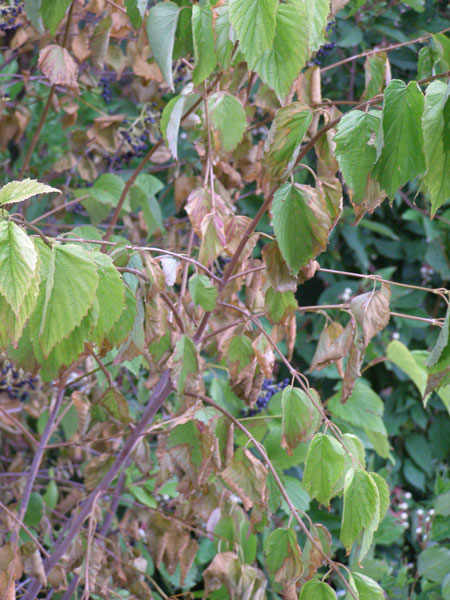
What S Wrong With My Plant Garden University Of Minnesota Extension

Brown Dying Or Scorched Tree Leaves Bacterial Leaf Scorch Faqs Organic Plant Care Llc Flemington Nj

Trees Not Leafing Out How To Get A Tree To Grow Leaves

Pin On Berries Bark Birds And Bees

Sperry Hackberry Tree May Have Unseen Decay Latest Headlines Wacotrib Com

Celtis Occidentalis American Hackberry Beaverwood Common Hackberry False Elm Hackberry Nettle Tree Northern Hackberry North Carolina Extension Gardener Plant Toolbox
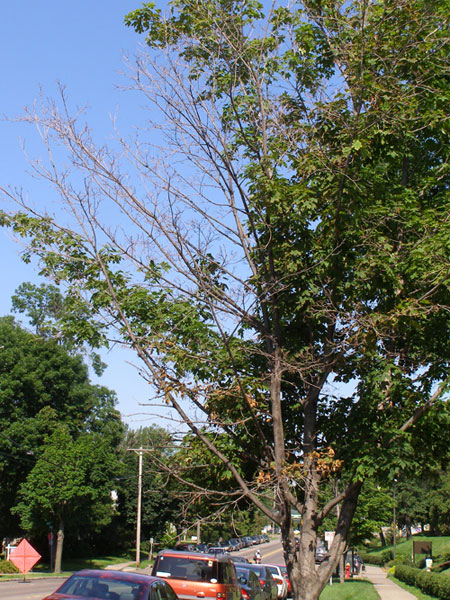
What S Wrong With My Plant Garden University Of Minnesota Extension
